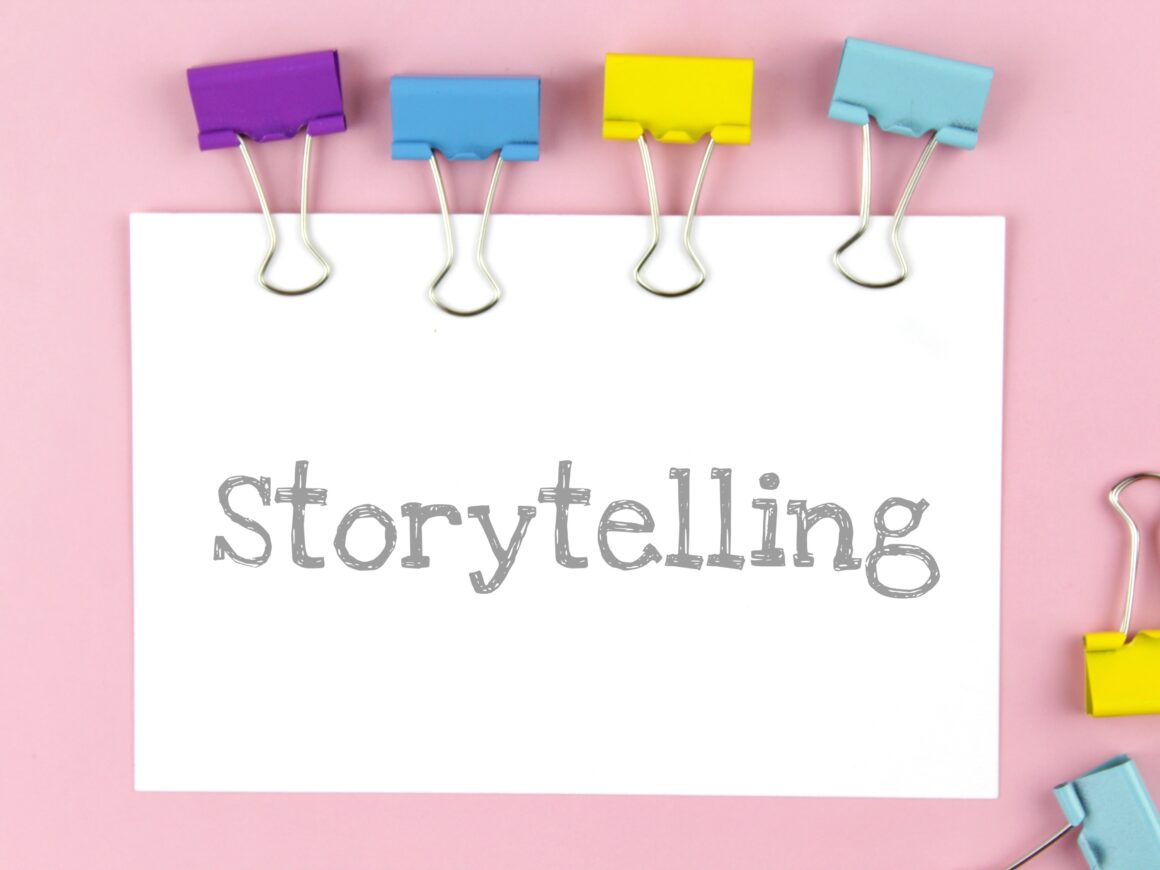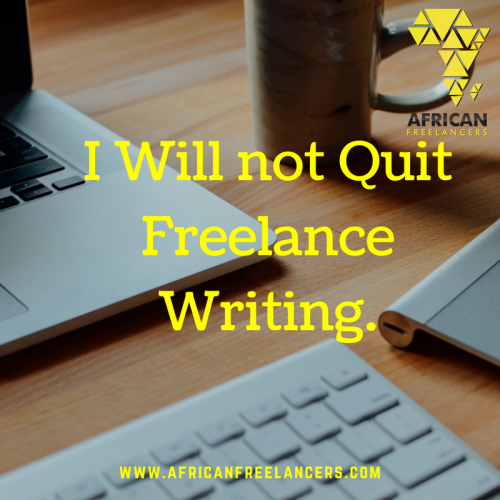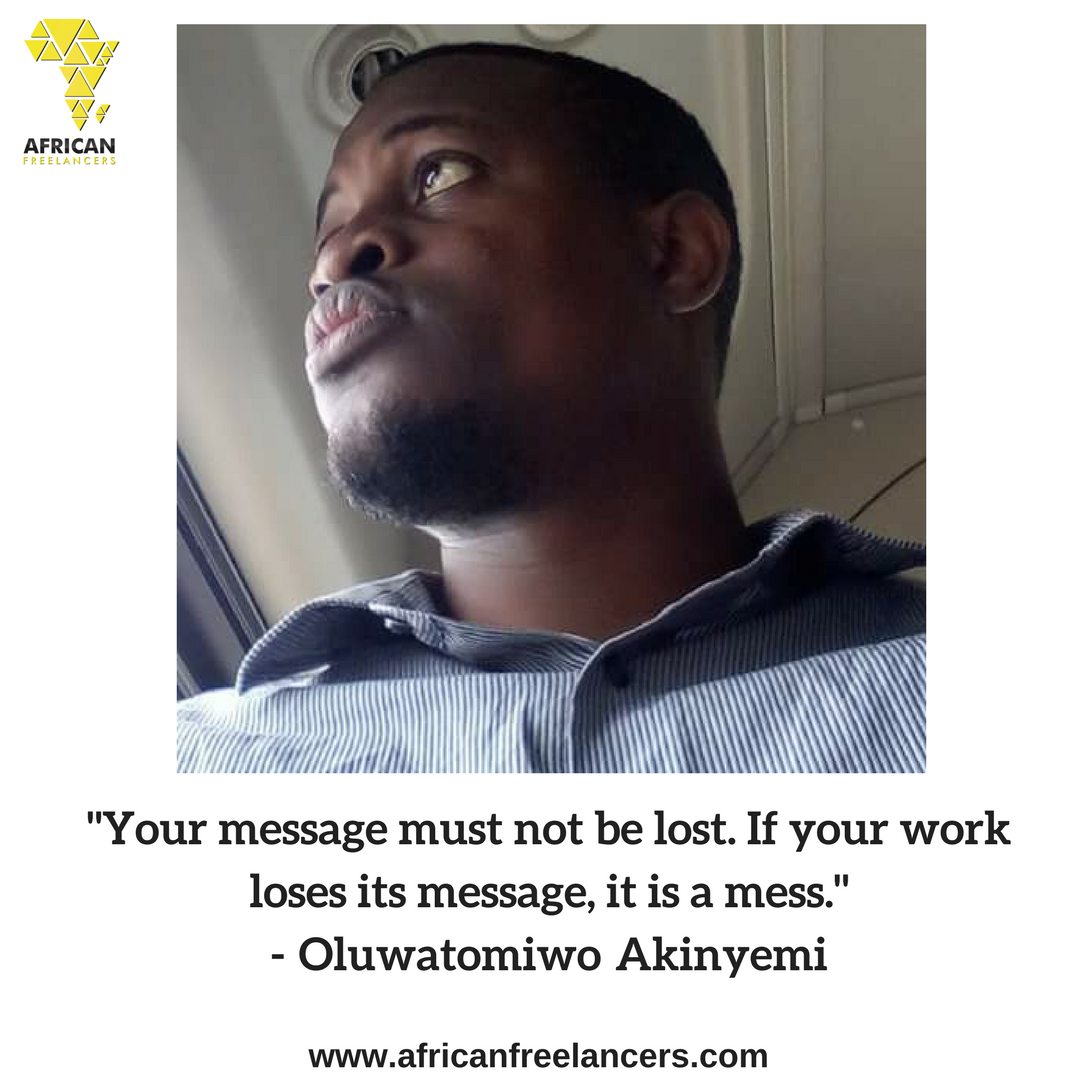Every freelancer has a list of services they offer, but bullet points and technical jargon don’t always move clients. What often wins them over is the story behind the work. It’s the human connection that turns a cold pitch into a conversation. Storytelling for freelancers is powerful because it shifts the focus from “what you do” to “why it matters” in a way that connects emotionally. When you share a story, you invite potential clients to see themselves in your narrative, to picture their challenges and how you can help them overcome them.
A well-told story subtly shows your expertise without you having to declare it outright. Instead of claiming you can deliver results, you walk the listener through a real example of a challenge, your process, and the transformation you created. That’s far more persuasive than simply stating credentials.
Your story becomes your differentiator. It’s what makes you memorable long after the proposal is read or the portfolio is closed.
The Core Elements of a Compelling Freelance Story
Great storytelling isn’t just about stringing together interesting events; it’s about structure. A story without structure is like a project without a brief: it might be creative, but it won’t deliver the desired result. As a freelancer, your stories need to be clear, relevant, and persuasive so that potential clients can connect with them and see the value in working with you.
Here are the essential elements that make a freelance story work:
1. Character
Every story needs someone to root for. In your case, this could be you, a past client, or even a fictional client inspired by real experiences. The character is the anchor of the story, the person the audience will identify with.
2. Conflict or Problem
A good story starts with tension. What challenge was the client facing? Was it a lack of website traffic, branding that didn’t resonate, or an outdated process that slowed sales? The more specific you are, the more relatable the story becomes.
3. Solution
This is where you step in. Not as the “hero” who saves the day, but as the guide who helps the hero (the client) achieve their goal. Explain your approach, the tools you used, and why you chose that method.
4. Result
Close the loop by showing the transformation. This could be measurable results, like a 40% increase in conversions, or emotional results, like renewed confidence in their brand. Whenever possible, quantify your results to strengthen credibility.
When these four elements are in place, your stories hold attention and inspire action. You’re telling tales and strategically showing prospects how you solve problems in a way that feels both personal and professional.
Types of Stories Freelancers Can Tell
Not every story you tell as a freelancer needs to be about a big win or an award-winning project. The most effective stories often feel relatable and straightforward. The kind of client can see themselves in. Here are some powerful types of stories you can weave into your marketing, pitches, and conversations:
1. Origin Story
This is the “why” behind your freelance career. Maybe you left a corporate job because you wanted more creative freedom, or perhaps you stumbled into freelancing after helping a friend with a project. Sharing your journey humanises your brand and gives clients insight into your values and motivations.
Example: “I started designing websites after my aunt’s bakery struggled to sell online. Creating her first site showed me how powerful good design could be, and I’ve been helping small businesses ever since.”
2. Client Success Story (Case Study)
A case study is a detailed account of how you helped a client overcome a challenge. This is ideal for proving your expertise without sounding like you’re bragging. Include the problem, your approach, and the measurable results.
Example: “A Lagos-based agency approached me because their blog wasn’t attracting readers. After restructuring their content strategy and optimising for SEO, their monthly traffic tripled within three months.”
3. Behind-the-Scenes Story
People love to see how the magic happens. Showing your process not only builds trust but also makes your work feel more valuable because clients see the effort involved.
Example: A short Instagram reel showing your workflow, from brainstorming concepts to delivering a polished social media campaign, can highlight your professionalism.

4. Values-Driven Story
Stories that showcase your principles and the kind of work you stand for. This helps you attract clients who align with your approach and repel those who don’t.
Example: “I don’t just write copy, I write ethically. That means I avoid fear-based marketing tactics and focus on authentic messaging that empowers the audience.”
5. Transformation Story
This is about the “before and after.” Show how your work created a noticeable shift for the client not just in numbers, but in experience.
Example: “When I met Funmi, she was burnt out from managing her social media. Six months later, with my help, her brand’s engagement rate had doubled, and she finally had time to focus on launching a new product line.”
When you mix these types of stories across your platforms, you create a portfolio of narratives that work together to showcase your skills, personality, and reliability.
Where to Use Storytelling in Your Freelance Business
Telling great stories is one thing. Knowing where to place them so they win you clients is another. The good news is that storytelling can fit naturally into almost every part of your freelance marketing and communication. Here’s how to integrate it strategically:
1. Your Portfolio
Don’t just list projects. Turn each one into a mini client success story. Include the client’s challenge, your process, and the results. Use visuals, charts, or before-and-after images to make the transformation clear.
Example: Instead of “Redesigned a client’s website,” write:
“Transformed a slow, outdated e-commerce site into a modern, mobile-friendly store, boosting sales by 65% in four months.”
2. Your “About” Page
This is the perfect place for your origin story. Share what inspired you to start freelancing and the values that guide your work. Keep it personal yet professional, and link it back to how you can help clients achieve their goals.
3. Social Media Posts
Short, punchy stories work well here. A behind-the-scenes snippet of your workflow, a quick transformation story, or a lesson you learned from a past project can spark engagement. Use visuals or short videos for added impact.
4. Pitches and Proposals
Start with a client-focused story instead of jumping into prices and deliverables. Paint a picture of a similar client you’ve helped and the outcome you achieved. This makes your pitch feel personalised and relevant.
Example opening line for a proposal:
“Last year, I worked with a travel startup struggling to attract bookings online. By restructuring their website content, we increased their inquiries by 120% in just two months. I believe a similar approach could help you…”
5. Networking Conversations and Interviews
When meeting potential clients or collaborators, a short, well-rehearsed story can leave a lasting impression. Instead of saying “I’m a graphic designer,” you might say:
“I help small businesses stand out. One of my favourite projects was for a café that doubled its foot traffic after we refreshed their branding.”
When you weave storytelling into these touchpoints, you turn every interaction into an opportunity to build connection, trust, and desire for your services without feeling pushy.
Conclusion
Storytelling isn’t just a creative tool. It’s a strategic skill that can transform how you market and sell your freelance services. When you share stories, you help clients see themselves in your narrative, trust your expertise, and remember you long after they’ve compared proposals.
For African freelancers, storytelling can be especially powerful. Sharing stories that reflect your unique experiences, problem-solving approach, and local insights can help you stand out, connect with international clients, and even strengthen your brand within Africa’s growing freelance economy.
If you’re ready to take your freelance career further, start honing your storytelling skills and share your journey with others who understand the challenges and opportunities you face. Visit AfricanFreelancers.com to access resources, read more tips, and join a community of like-minded freelancers building success stories across the continent.





